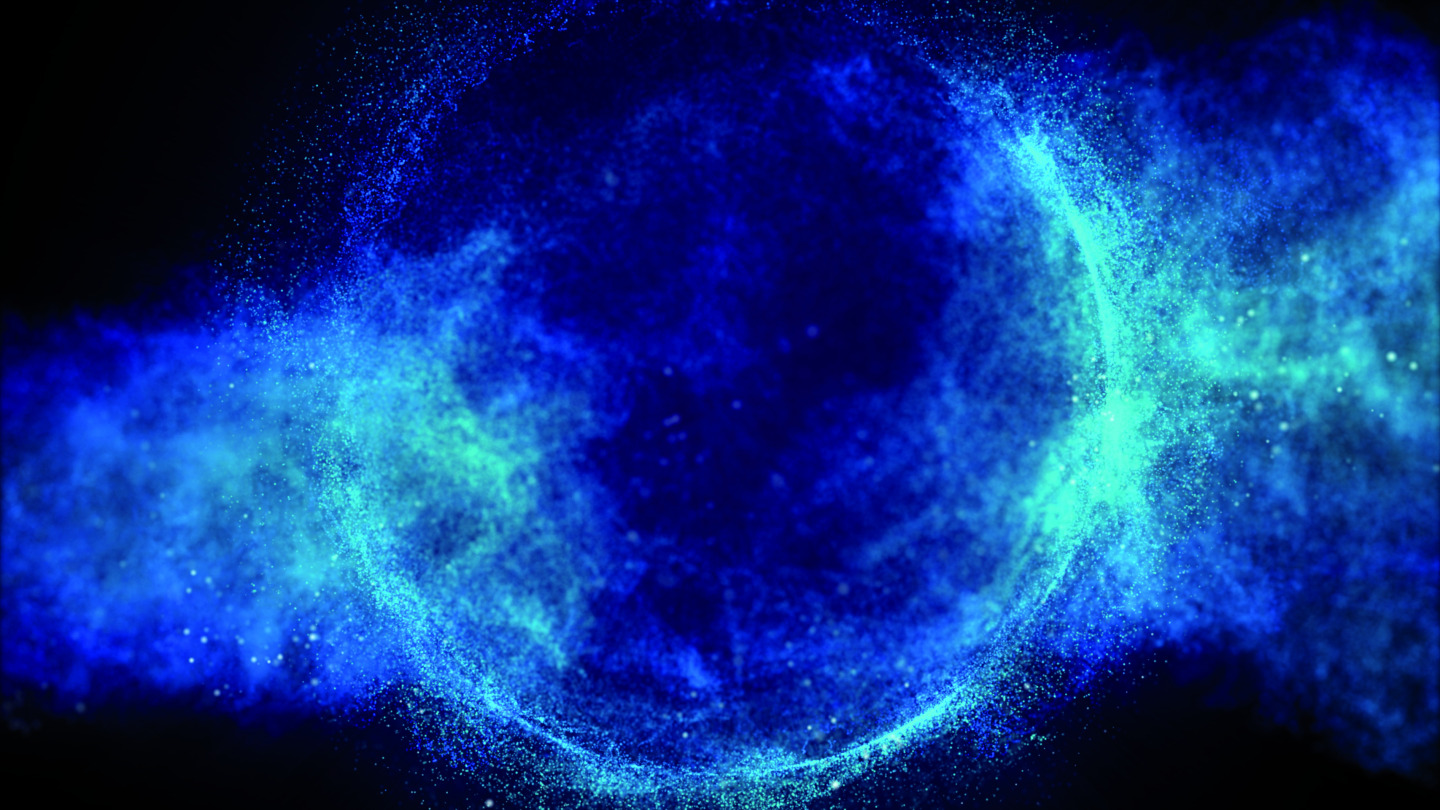Could Mass Arise Without the Higgs Boson?

The geometry of space, where physical laws unfold, may also hold answers to some of the deepest questions in fundamental physics. The very structure of spacetime might underlie every interaction in nature.
A paper published in Nuclear Physics B, led by Richard Pincak, explores the idea that all fundamental forces and particle properties could emerge from the geometry of hidden extra dimensions.
According to the study, the universe may contain invisible dimensions folded into intricate seven-dimensional shapes known as G₂-manifolds. Traditionally, these structures have been studied as static. But Pincak and colleagues consider them as dynamic: evolving under a process called the G₂–Ricci flow, where the internal geometry changes with time.
“As in organic systems, such as the twisting of DNA or the handedness of amino acids, these extra-dimensional structures can possess torsion, a kind of intrinsic twist,” explains Pincak. “When we let them evolve in time, we find that they can settle into stable configurations called solitons. These solitons could provide a purely geometric explanation of phenomena such as spontaneous symmetry breaking.”
In the Standard Model of particle physics, the Higgs field gives mass to the W and Z bosons. But the authors suggest that mass could instead arise from geometric torsion in extra dimensions, without introducing an additional Higgs field. “In our picture,” Pincak says, “matter emerges from the resistance of geometry itself, not from an external field.”
The theory also links torsion to the curvature of spacetime, offering a possible explanation of the positive cosmological constant that drives cosmic expansion. The authors even speculate about a new particle, the “Torstone”, that might be observable in future experiments.
The ultimate goal is to extend Einstein’s vision: if gravity is geometry, perhaps all interactions are geometry. As Pincak notes, “Nature often prefers simple solutions. Perhaps the masses of the W and Z bosons come not from the famous Higgs field, but directly from the geometry of seven-dimensional space.”
The article published in the journal Nuclear Physics B can be found at:
https://www.sciencedirect.com/science/article/pii/S0550321325001683
The research was supported by R3 project No.09I03-03-V04-00356.
 Contact
Contact Intranet
Intranet SK
SK






